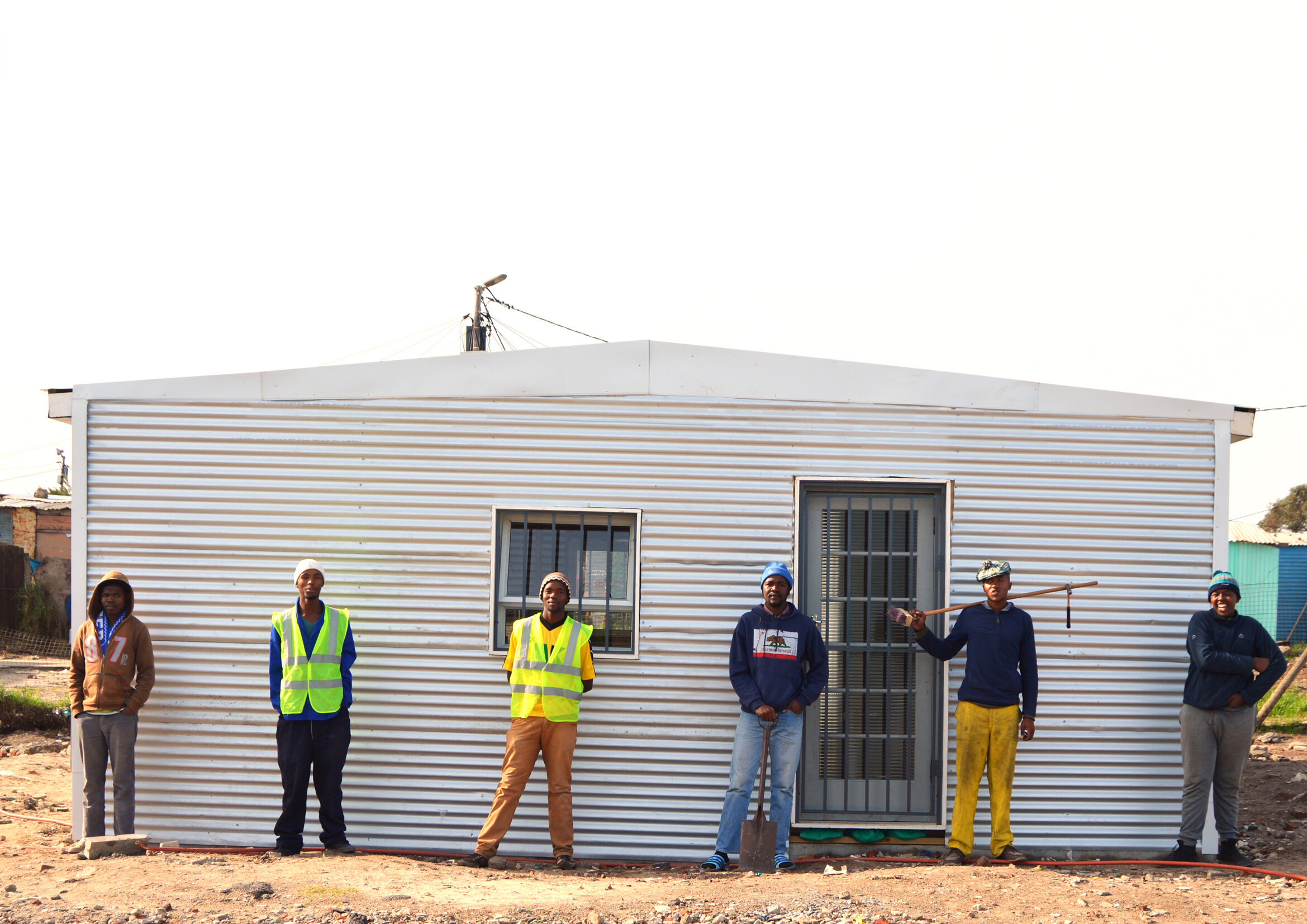FAQ
Some frequently asked questions about Sandbag Building
Why build with sandbags?
There is a family of attributes for sandbag building, which carries many benefits. It’s an extremely low carbon and thermally efficient building methodology. These structures feel warm in winter and are cool in summer. Sandbags are also bullet and fire proof, they are eco-friendly and cost effective.
What is the square metre cost to build with sandbags?
There is no such thing as a standard building rate per square metre as each project is completely different. This does not relate to the finishes in a building as finishes on average make up between 20 - 30% of the total building cost.
Cost is always dependent on the specification and the location of the build (sloping land for instance will increase building cost). The type of soil condition will influence the type of foundations that are required.
An incremental build that starts with a basic frame (but with a future proofed conventional foundation) might cost R2,500/sqm but a conventional single storey home on a level ground will be between R5,000-R6,000/sqm.
What does this cost include?
Structurally engineered foundation, fully insulated roof, ceilings, cornices, plastered walls, windows, door frames, doors, ironmongery, electrical and plumbing.
How big are the sandbags?
The bags are 300 x 300mm and when filled with sand they fit snugly into the 220mm EcoBeam frame. You will need about 50 bags / sqm.
How much do these bags cost?
Their delivered cost in South Africa is R2.00 each. Assuming a cost of R200 per m³ of sand for the bag infill along with the cost of the bag means that this is about 40% cheaper than the cost of bricks over the same area.
How much sand is needed to fill a bag?
Depending on the density of the sand being used, each bag will contain about 7-8kgs of sand.
What type of sand can we use?
Fill sand or river sand is preferable. But whatever sand should be suitable as long as it has a low clay content and no organics are present within the soil.
Apart from the sand, is anything else placed in the bag?
Nothing other than sand is placed within the bag.
Apart from the bags, is there anything else needed to affect this build?
A non-structural EcoBeam framework is also required. The bags are placed within this framework.
What is the measurement of the completed wall?
The external plastered wall measurements are 270mm (made up of 25mm plaster, 220mm frame, 25mm plaster).
What is the weight of a sandbag wall?
On average a sandbag wall is 40% heavier than a brick wall (depending on the density of the sand being used)
Is this method of construction fast?
Building an external wall with bricks only achieves a building rate of 6.16m² (assuming that a bricklayer is able to lay 700 bricks per day). By contrast, 20m² of vertical walling can be completed per day using a crew of two operators - making it three times faster.
How do we secure cupboards and shelving onto these sandbag walls?
Shelves, cupboards, TV's and brackets are secured in the normal manner, however special fasteners are used. In cases where exceptionally heavy equipment is going to be installed, a simple concrete beam can be created on top of the bags in the area concerned.
Can we build a double storey with this method of construction?
Yes, providing that supportive concrete columns and ring beams are placed strategically throughout. There will also need to be a corresponding Engineer’s rational design.
What type of windows are used with this method of construction?
Any type of window can be incorporated into sandbag construction.
What type of roof can be used for this method of construction?
Any type of roofing material can be secured onto the sandbag walls.
Is this method of construction approved?
Yes, this method of construction has been approved by Agrément South Africa (Certificate 2011/398) and the NHBRC.
Are there any restrictions in terms of design?
No, the boundaries are set by your own imagination.
How long will a house like this last?
Since a sandbag house is not subject to rising damp issues, one can expect this type of house to outlast a conventionally built house. There are numerous cases in Europe where sandbag structures are over 100 years old. The oldest sandbag house that we know of in the Western Cape is 30 years old and is in Lavender Hill.
What type of foundations are recommended for this building system?
The type of foundation required is determined by the appointed structural engineer, however, a conventional raft foundation would be most suitable.
Will banks provide finance to build these houses?
The landscape for banks approving alternative building technologies is slowly changing.

